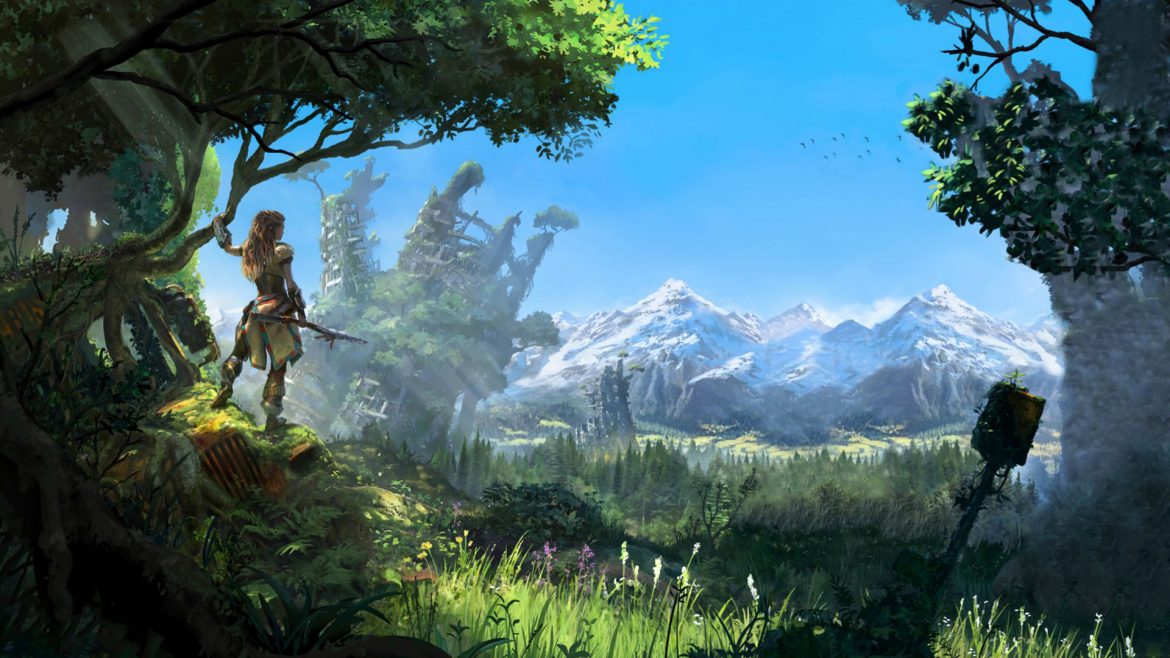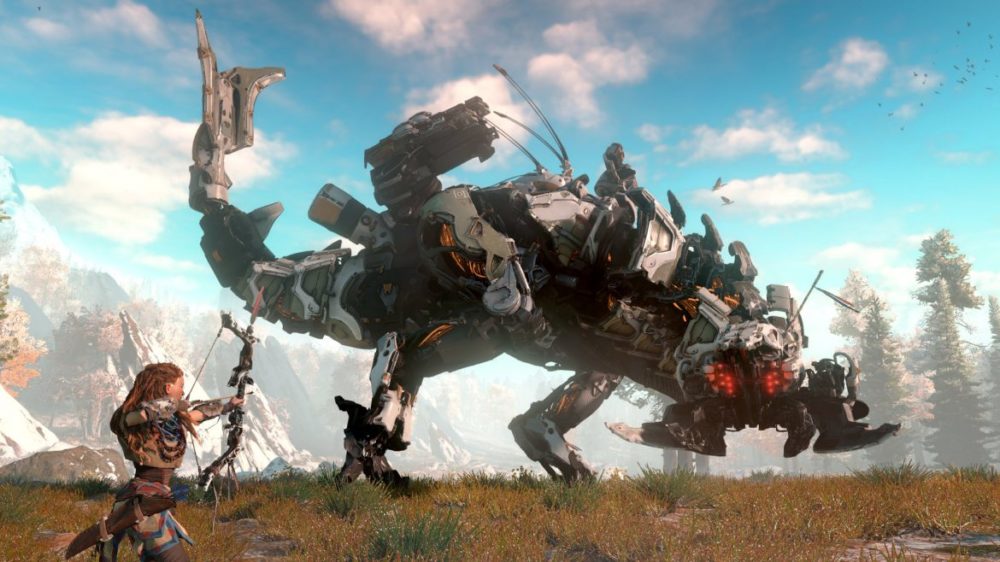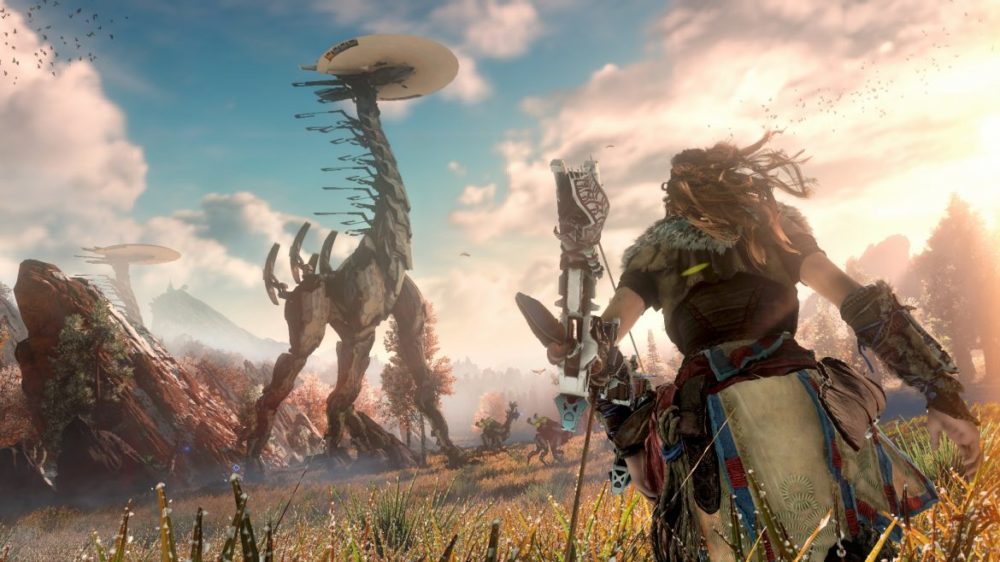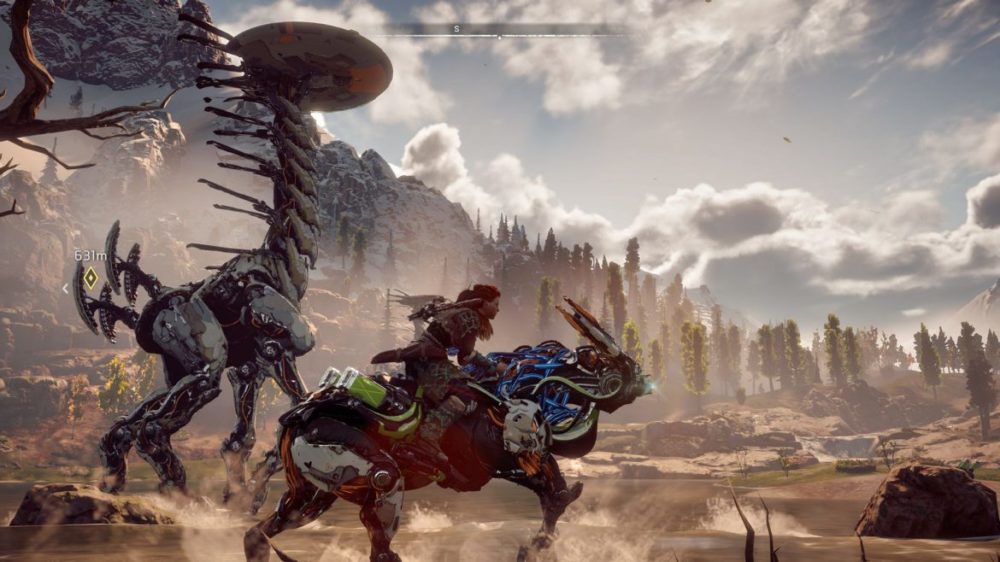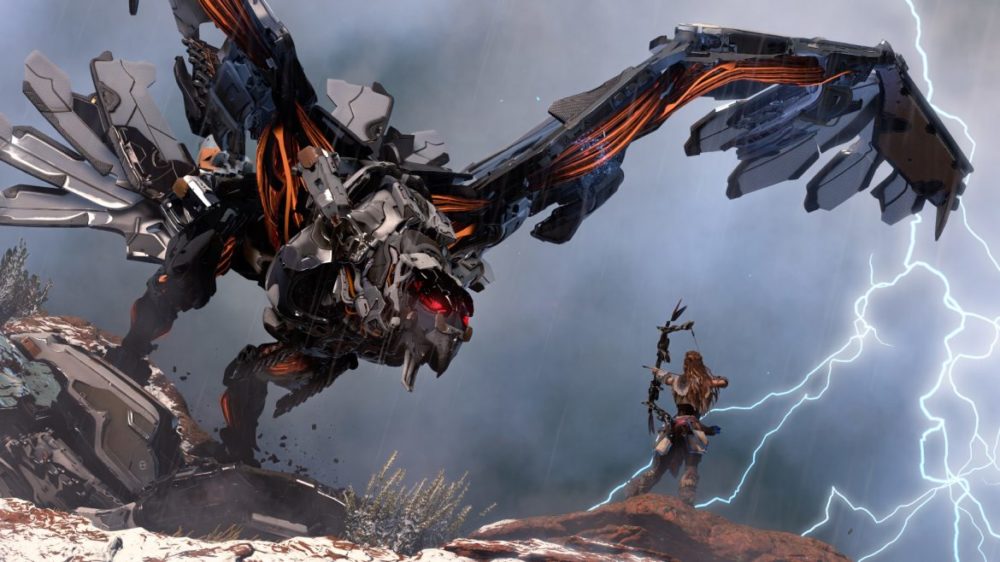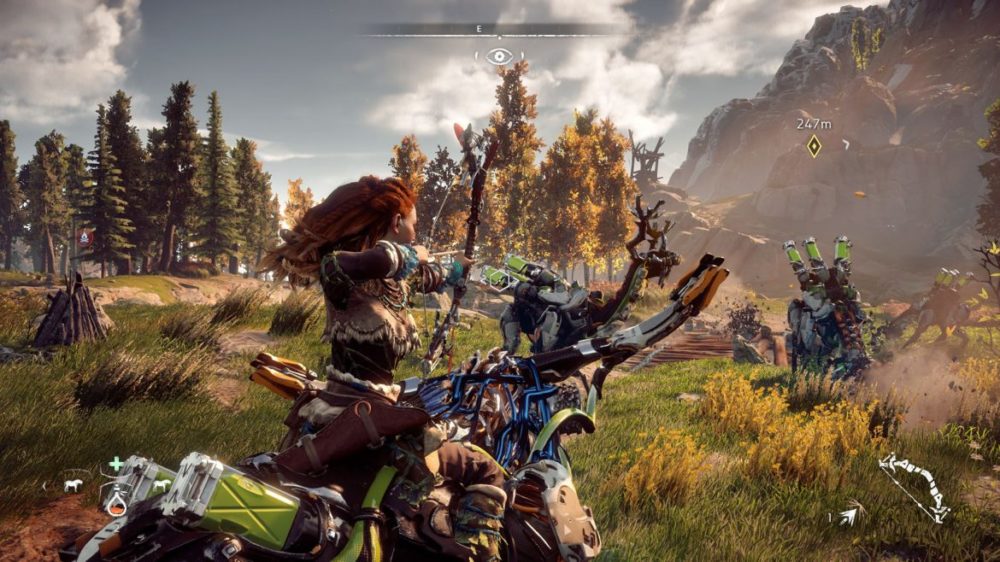TL;DR
Horizon Zero Dawn stuns with its breathtaking visuals, blending a primitive tribal future with advanced robotic creatures. While borrowing heavily from successful games like Far Cry and The Witcher for its mechanics and open world, it struggles to forge a truly unique identity. The narrative is serviceable but lacks the depth and impactful choices found in its inspirations. Technically, it's a marvel, especially on PS4 Pro, showcasing incredible graphics and audio. Despite some repetitive quests and a familiar feel, its cohesive design and visual splendor make it a standout title. Dive into this visually spectacular adventure to see if its familiar gameplay loop is enough for you.
Guerilla Games, the Dutch studio, has consistently garnered attention for its graphical prowess. Gamers may recall the Killzone 2 trailer showcased in 2005, purported to represent real-time rendering on the then-upcoming PS3 (though this was later revealed not to be the case). Subsequently, the studio became primarily known for the Killzone series, a competent and stylish FPS that, while enjoyable, never quite attained the acclaim of titles like Halo or Call of Duty. It is not an exaggeration to state that Horizon Zero Dawn is among the most highly anticipated PS4 titles since its initial unveiling in conjunction with the PS4 Pro announcement. Advances in technology have finally aligned with Guerilla Games’ ambitious vision, and Horizon Zero Dawn stands as arguably the most visually stunning console game to date. However, the question remains: what substance lies beneath this impressive facade?
Horizon Zero Dawn presents a distinctly anachronistic science fiction adventure. Set in a distant future, humanity has regressed to a near-Stone Age existence, living in tribes, hunting with rudimentary weapons such as slings, bows, and spears, and clad in animal hides. Concurrently, sophisticated robotic machines, resembling animals, freely roam the landscape, leading to conflict and instability. Tribal warfare is commonplace, and the Nora tribe, a matriarchal society, serves as the home of our protagonist. Aloy, an orphaned child, is placed in the care of Rost, an outcast hunter. The narrative follows Aloy’s journey from childhood, discovering an abandoned bunker containing “ancient technology,” to her maturation into a formidable warrior woman under Rost’s tutelage. Aloy possesses the skills to fight, hunt, and potentially restore order to this chaotic, post-apocalyptic world.

The relationship between Rost, Aloy’s adoptive father, and Aloy is a highlight. Image from the game’s cutscene.
Beyond its striking visuals, Horizon Zero Dawn readily incorporates established game mechanics, menus, and RPG elements from successful predecessors. Aloy, in essence, is a prehistoric Lara Croft, capable of archery, ammunition crafting, and skill enhancement through resource acquisition. The open-world environment, rapidly expanding into a vast map, evokes comparisons to both Far Cry 3 (with its emphasis on hunting, resource gathering, and valuables) and the acclaimed Witcher 3. The compass system bears a striking resemblance to that of Bethesda’s Elder Scrolls V: Skyrim. Consequently, Horizon Zero Dawn is a synthesis of well-regarded ideas from prominent games of the past decade. While adopting successful elements is not inherently negative, Horizon Zero Dawn struggles somewhat to establish its own unique identity and distinct gameplay mechanics. The experience feels remarkably familiar, even upon initial playthrough. The early hours involve a considerable amount of traversal for relatively simple fetch quests, serving as an introduction to the game’s world. A notable absence in Horizon Zero Dawn is the compelling narrative present in many of its inspirations. The Witcher 3‘s strength lies in its exceptional writing, rich dialogue, and meaningful choices that impact the game’s progression. In Horizon, the dialogue options appear to have limited impact, primarily serving to provide additional information. The game’s sparse exchanges fail to resonate deeply, and while the core storyline – a detective-style “origin story” – is adequate, it does not reach the epic scale of titles such as Rise of The Tomb Raider or The Witcher 3.
From a technical standpoint, however, Horizon Zero Dawn is nearly impeccable and serves as a compelling demonstration of the capabilities of Sony’s enhanced PS4 Pro console. The game features 4K resolution achieved through checkerboarding, impressive lighting effects, and HDR support (fully realized with an HDR10-compatible TV). Guerrilla’s proprietary Decima engine powers the game, delivering a predominantly smooth frame rate. Dips below 30 fps were infrequent on the PS4 Pro during testing, although some cutscenes exhibited tearing and clipping. Given the pre-release nature of this evaluation, it is anticipated that these issues will be addressed in the release patch, which will also offer Pro users the option between 4K resolution and a higher frame rate. Even on the standard PS4, Horizon Zero Dawn remains a visually impressive experience, albeit at 1080p. Overall, the game represents a graphical achievement on the PS4, rivaling and potentially surpassing Naughty Dog’s acclaimed Uncharted 4 in visual fidelity.
The audio design of Horizon Zero Dawn is equally commendable. The game features a stylish soundscape, encompassing the meticulously crafted intro music, sound effects, and dialogue, which seamlessly transitions between speakers. A more impactful sound mix was achieved by switching the PS4’s audio output mode from Linear PCM (7.1) to Bitstream (Dolby, 5.1). While this may be specific to the amplifier used (Sony STR-DN1070) and its decoding capabilities, it is worth experimenting with to determine if it yields a similar improvement. As previously noted, the dialogue is not particularly engaging, but it serves the narrative adequately, and the voice actors generally deliver competent performances. Aloy’s mentor, Rost, was a particular standout.
Horizon Zero Dawn is a substantial game, both in terms of scope and content. Completing all optional side quests will likely require approximately 40-50 hours of gameplay. The main storyline can be completed in roughly 20 hours, although fully understanding the narrative requires additional time. Playtime is ultimately secondary to the quality of the content within that time. Horizon Zero Dawn incorporates some padding in the form of less compelling fetch quests and repetitive tasks, such as “kill x number of wild boars” or “place tripwires on x number of enemies.” Similar to Witcher 3, quest selection is straightforward, with clearly indicated recommended levels. Like Geralt, Aloy can traverse the open world on a mount, although she must override robotic creatures to serve as her steeds, unlike the witcher’s loyal horse, Roach.
As demonstrated, discussing Horizon Zero Dawn inevitably leads to comparisons with other games, a point likely acknowledged by Guerrilla Games. While Horizon may not excel in every individual aspect compared to its predecessors (with the exception of graphics, where it currently sets a high standard), the cohesive integration of its components and its technical execution combine to justify the pre-release hype, establishing it as one of the best games of 2017 – and the year is just beginning. The game’s premise and title suggest the potential for further installments in the Horizon saga, a prospect that its commercial success will likely encourage, further incentivizing Sony to promote PS4 Pro sales.
